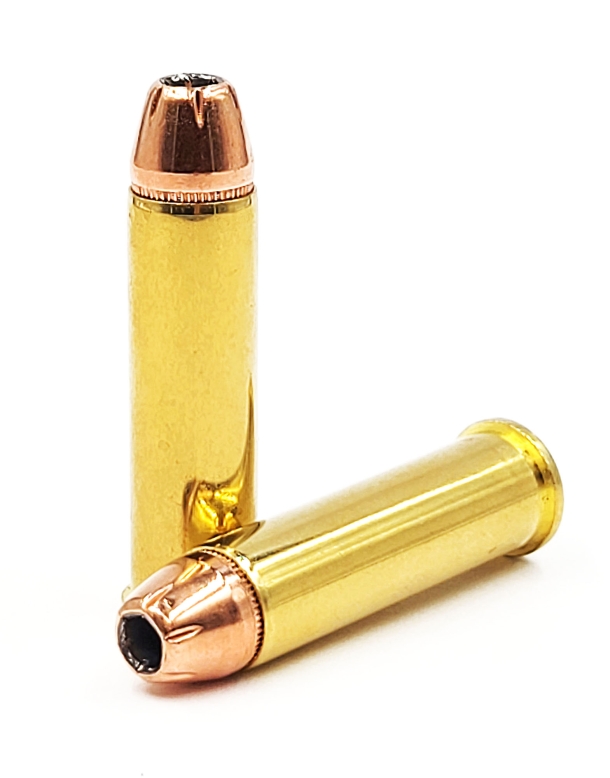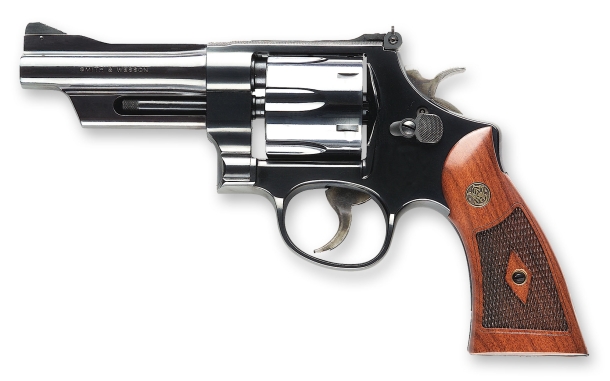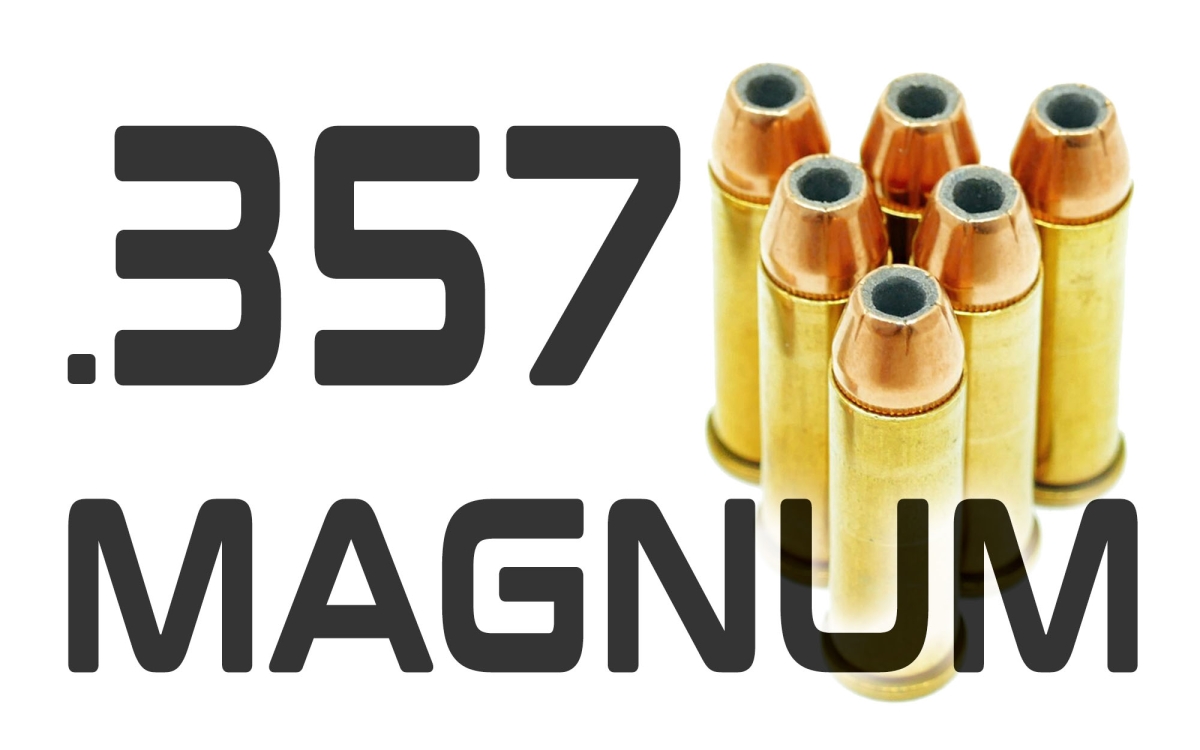Why is it called .357 Magnum?
Why is it called .357 if it comes from the .38 Special cartridge? The first magnum cartridge in history introduced a designation that became extremely popular and was used by numerous other cartridges after its inception.

When you prohibit something in the name of public safety and social good, you impose restrictions on honest citizens, restrictions that rarely affect the illegal activities of criminals, or rather, the very problems that gave rise to the need for more safety. A lesson we still seem incapable of learning today.
Between 1920 and 1933, Prohibition in America led to the spread of crime, with ruthless turf wars between gangsters for dominance of the black market in alcohol. Alongside the exploits of figures like Al Capone, Charles "Lucky" Luciano, Bugsy Siegel, and Albert Anastasia, Prohibition also saw the rise of some of the most infamous criminals in US history, such as Clyde Barrow and Bonnie Parker, John Dillinger, and Ma Baker.
The .357 Magnum cartridge was born in 1934, as a direct result of the abundance of shootings that characterized the Prohibition years. During those years, the first bulletproof vests appeared, immediately popular among gangsters and "public enemies" of the time. Meanwhile, the thick bodywork of automobiles and the "energy" of many criminals rendered ammunition like the .38 Special ineffective, pushing the FBI and law enforcement agencies to adopt more powerful weapons and ammunition.
The .38 Special was the most common service cartridge in those years, but it was ineffective in those contexts (sometimes not even the .45 ACP was), and police forces were always one step behind the criminals. On the rifle front, many departments began using powerful automatic rifles like the Browning BAR in .30-06 Springfield, or the semi-automatic Colt 1911 pistols chambered in the brand-new .38 Super Auto.
Ma nel caso dei revolver?

Smith & Wesson Model 27, the first revolver to be chambered in .357 Magnum
For these reasons, in 1934, Smith & Wesson, a major supplier of firearms to law enforcement agencies, introduced a new cartridge: the .357 Magnum.
Developed by the renowned gun writer, rancher, hunter, and cartridge developer Elmer Keith, ballistics expert Philip B. Sharpe, and Douglas B. Wesson (grandson of Daniel B. Wesson), the new .357 Magnum cartridge was based on the .38 Special, initially designed to use black powder but soon converted to use smokeless powder, generating the same pressures with much less powder, effectively leaving most of the case empty.
The availability of better steels and improved manufacturing capabilities pushed Elmer Keith and Smith & Wesson to fully exploit the case's capacity, pushing the cartridge's limits from the comfortable 17,000 psi and 750 mph of the .38 Special to the 35,000 psi and nearly 1,300 mph of the .357 Magnum, with a 158-grain bullet. To prevent the powerful new .357 Magnum cartridge from being chambered in .38 Special revolvers (with disastrous results), the case length was increased by 1/8 inch, as had already been done for the .38 Special, compared to the .38 Long Colt.
A new name had to be found for this powerful new cartridge, and since the .38 Special is not actually a true .38, this designation was abandoned in favor of the actual caliber of .357 mil. Even the term "Special" was no longer sufficient, so a new designation was chosen, apparently based (oh, the irony...) on a type of alcohol container: the "Magnum" champagne bottle. Named after the Latin word magnum, meaning "large," the bottle is larger than the standard champagne bottle, just as the .357 Magnum case was larger than the original .38 Special case.
Introduced in 1935 and chambered for the .357 Magnum, the new Smith & Wesson Model 27 revolver was the most powerful handgun of its time, while the apt "Magnum" designation associated with it became extremely popular, later being used over the years to describe a large number of pistol and rifle cartridges with larger cases or greater ballistic performance than the original cartridges.




